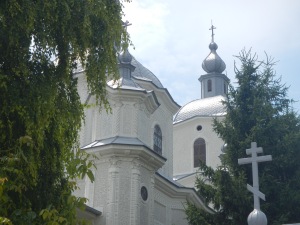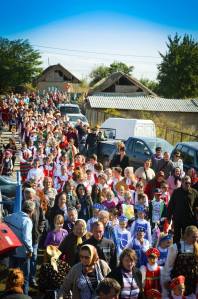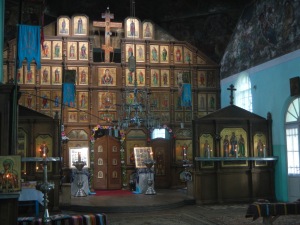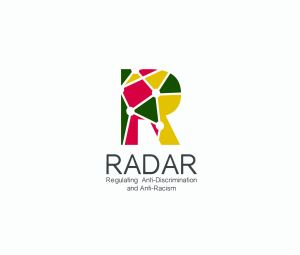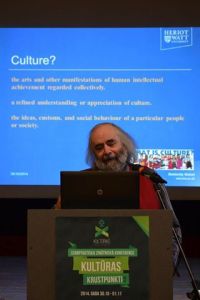Translators and interpreters know all about being passionate. Most of us arrived in this industry because we were passionate about helping people communicate. Many of us also carry a passion for the industry itself. We get into debates over conditions, working practices and clients. In two words: we care.
This “care” can and does translate into action. Translators and interpreters willingly donate their time, skills and money to helping charitable causes the world over. From refugees in the UK to Ebola patients in West Africa, there is hardly a crisis or cause that doesn’t need information to be passed from one language to another.
Until fairly recently, the idea that translators and interpreters can and should lend a hand went unchallenged an unqualified. As long as the goal was non-commercial and the cause seemed legitimate, there was little discussion as to where the work might end up. Pro bono translators and interpreters took it on trust that they were doing their bit.
All that has now changed. In discussions that have raged across blogs and forums, professionals have started asking big, hard and sometimes borderline aggressive questions about pro bono work. Clearing houses for such work, such as Translators Without Borders, now seem to be the subject of suspicion in some quarters. Increasingly, there is a desire to know who exactly benefits from the work, whether paying for the work might be a better option and to what extent local professionals might be losing out because of it.
These are good and useful questions. There are very good arguments for transparency and accountability that apply across all pro bono and charitable work. Yet, it is undeniable that, since we have the resources to ask such questions, our perspectives are skewed. I doubt very much whether a refugee cares too much about the remuneration of the interpreter who works with them. For them, a listening ear, a truthful representation of their views and a chance to understand and be understood trump any economic debates.
There is no doubt that we need to be transparent about how and when and why the efforts and resources of volunteers are used. In a current fundraiser I am involved with, which aims to raise money for anti-people trafficking charity the A21 Campaign by selling multilingual t-shirts, everything about the campaign from the people involved to the precise donation per t-shirt is online. The problem with this, of course, is that the more that is online, the more decisions are open to criticism.
A similar dynamic can be at work among new entrants to translation and interpreting who list all their volunteer work on their CV. While there are very good reasons for doing this, it is not unthinkable that certain clients may take exception to the precise causes chosen. Some electronics manufacturers might take a dim view of work for civil liberties or pro-privacy groups. Other potential clients might feel uneasy at evidence of campaigning for certain causes. While new translators and interpreters have always been advised to keep politics off their CVs, pro bono work can help it resurface.
Perhaps the solution is to be a bit more realistic. Pro bono work will always be important, both for those who donate their time and those whose lives are changed by it. The necessary transparency that goes with it, however, will always open up the opportunity for criticism. But then, as Andrew Morris points out, standing out and being different has always been a better business strategy than following the crowd and making no waves at all. Maybe the emphasis should be on the opportunities that pro bono work can bring and the lives it can change, over the people who might disagree with our decision to do it.

